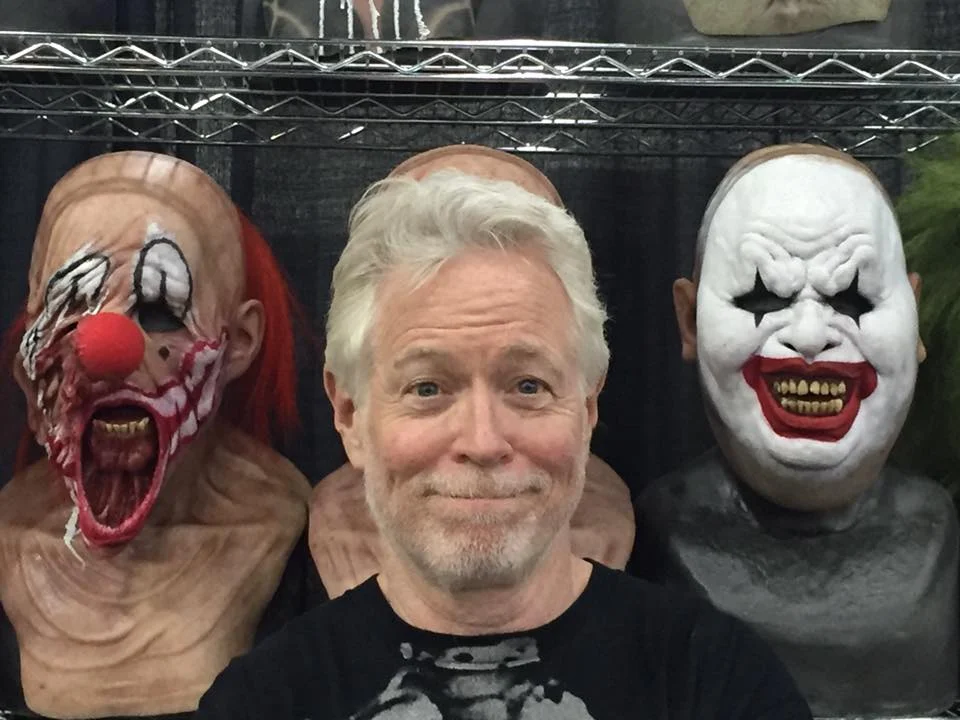
If you are serious about making your Indie Movie, Hollywood Feature, TV Pilot, Professional Pitch, Short Film or you want to write screenplays to sell to studios and producers, you need to get yourself a Masters Level Education in the Art of the Story, the Script and the Cut Throat Business of Moviemaking.
Make no mistake, you cannot do this on your own, there is not an APP for everything and YouTube alone cannot teach you what this course provides: a fast track to knowing what 95% of your competition will never know because they are lazy.
Give us 12 weeks and you will know everything you need to properly conceive, develop write and finish your own screenplay, TV pilot or pitch. Additionally, you will learn what it takes to survive in the dangerous and often times cut throat and unforgiving business of the Hollywood or Indie screenwriter.
Don’t settle for a YouTube video or weekend course. If you are serious about making it you need to become THE ULTIMATE SCREENWRITER.
THE GOOD NEWS? You can get started right now, today, and learn from the legendary Ron Osborn in the comfort of your own home.
Ron Osborn’s movies have grossed nearly $500 million worldwide and his television writing has earned him Emmy nominations during the 80s, 90s, and 2000s.
He’s written for television staples like Mork and Mindy, Night Court, Moonlighting, The West Wing, Duckman, and Beauty and The Beast.
Osborn has written pilots for every major broadcast network as well as cable heavyweights HBO, Showtime, FX, MTV, Lifetime, ABC Family, and Disney. He wrote Meet Joe Black with Brad Pitt and Anthony Hopkins and has developed film projects with Steven Spielberg, Ron Howard, and George Lucas. In other words, his expertise extends far beyond screenwriting and into the realm of executive producing, Hollywood board rooms and the art of pitching, staying sane and eventually selling your screenplay or getting your movie made.
He has taught screenwriting at the Film Connection Film School, the Art Center/College of Design in Pasadena, CA; California State University in Long Beach, CA; Dreamworks in Glendale, CA, been a consultant for the Australian Film Commission and given screenwriting seminars at the Big Island Film Festival in Hawaii and Whistling Woods in India.
His knowledge, experience, industry connections and his ability to convey them effectively make Ron Osborn uniquely qualified for creating the Ultimate Screenwriting Course. He taught the art of screenwriting to Michael Bay and Zach Snyder. He stands ready to teach you.

Don’t be fooled by books, YouTube videos and weekend warrior courses. To write a great movie, you need to be a trained screenwriter. No one can do this themselves or DIY it with a book. That’s because screenwriting is like learning an alien language. And that’s why you need a screenwriting course. A course you own, with guidance, a mentor and opportunity. If you go the whole way with us, we give it all to you.
This course will teach you everything you need to get started turning your idea into a screenplay. There are thousands of movies made every few years and most of them are terrible. Every wonder why? Typically, it is because the idea was decent and the screenplay sucked.
Everyone thinks they are screenwriter. They aren’t. To be a good or great writer you must be great at your craft. Your masterclass starts here. We also offer something that no other screenplay course we know of does: we put your finished screenplay in front of a major Hollywood Producer who can greenlight your film. See the WILL THIS COURSE GET ME PAST THE STUDIO GATEKEEPERS? section for further details.
At the heart of the Ultimate Screenwriting Course are 12 video lectures by Ron Osborn. Each lecture or lesson is approximately 45 minutes that covers one of the 12 essentials to the art of screenwriting. Each lecture not only clearly explains each of these essentials, but offers anecdotal content drawn from Mr. Osborn’s extensive career in the movie industry as well as delivers insights into the commercial realities of the business that are essential to getting your screenplay funded.
Additionally, there is a supplemental list of recommended reading, films to watch and homework assignments.
The Ultimate Screenwriting Course is taught virtually via streaming video which means you can take this course anywhere in the world.
You have two options to choose from. The first is the Starter Ultimate Screenwriting Course which includes all 12 lectures from Ron Osborn, along with the recommended reading list, films to watch and homework assignments.
The second is the Mentor Based Ultimate Screenwriting Course which consists of all 12 lectures from the Starter Ultimate Screenwriting Package plus 12 one-on-one private video sessions with Ron Osborn or other prestigious Hollywood screenwriter in which you go over the homework assignments and brainstorm ideas to improve your story idea and screenplay. Each of these mentor sessions is 90 minutes long.
You will need an internet connection and a computer or smart phone. You also need the right mindset. Be prepared to put in the time, energy and dedication it takes to write a script that has a chance of getting read and sold, and thereby breaking into the film industry. It is great if you have an idea for a movie, but if you don’t, developing an idea for a movie is covered in one of the early lessons. Some come to us with an idea, others need help developing an idea from their life, childhood, their dreams, etc. Either way we can work with you.
The Starter version of the course includes enough to get you going and has everything that the Mentor Based version has except for the live private sessions. (In other words, the Starter version is video lessons only.) But it is great and inspiring and amazing and will give you everything you need to know as far as information.
What it does not have is the one-on-one interaction and feedback to the homework assignments, the advice and brainstorming of the private mentoring sessions or the guarantee of getting your screenplay in front of Hollywood executives who can green light your project.
However, if you decide to take the Starter version of the Ultimate Screenwriting Course you can always add on the Mentor piece later. However, if you know you want the private mentoring now, we suggest you take it because it is less expensive if you buy it up front. If you’re not sure, then just get the STARTER PACKAGE.
Four reasons:
That is the whole purpose of the Ultimate Screenwriting Course. If you take the Mentor Based version of the course, follow the advice and suggestions of your mentor and put in the time, effort and work that screenwriting demands we will see to it that your screenplay does an end-around on the gatekeepers and gets directly in front of a Hollywood executive for their consideration.

12 week video course with all you need to write your masterpiece
(includes all 12 lessons with access to mentoring help available as an option)
Fill out the form to contact admissions and learn about your opportunities.

"*" indicates required fields
*Not all programs are available in every state. Consult an Admissions Representative to learn more.
